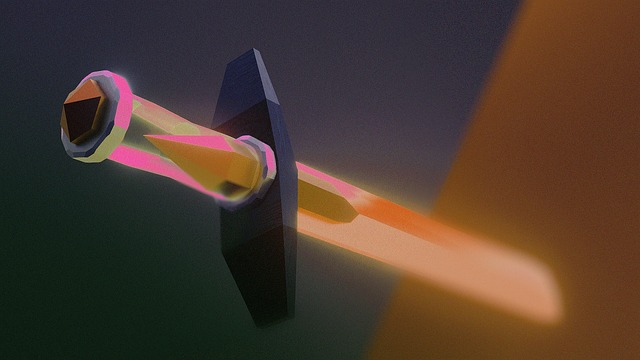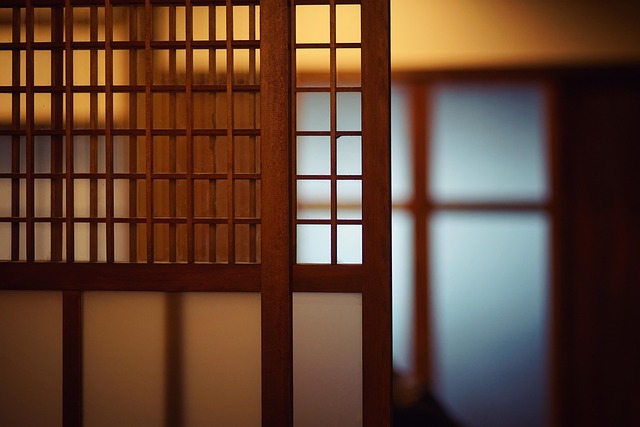In the ever-evolving landscape of electronic music, one term has emerged that embodies both chaos and creativity: glitch. With roots in experimental sound manipulation, glitch music represents a pivotal shift in how we perceive and experience electronic music. It acts as a mirror to our digital age, reflecting both the imperfection and beauty of our technological relationship.
At its core, glitch music takes advantage of the unintentional and unforeseen errors in digital technology—be it skipping CDs, corrupted audio files, or disruptions in sound waves. This artistic manipulation transforms these flaws into something fresh and invigorating. Artists across various genres have embraced the glitch aesthetic, finding ways to incorporate its unique sounds into their work. From the intricate beats of IDM (Intelligent Dance Music) to the ambient textures of glitch hop, the influences can be seen across the electronic spectrum.
When you step into a party scene that embraces glitch culture, you’re entering a world where the familiar becomes unfamiliar. The visceral rush of broken beats reverberates through the crowd, changing your perception of rhythm. DJs and producers curate sets that weave in and out of different genres, using glitch as a narrative tool to steer the crowd’s emotional journey. The music is an invitation to engage with the moment-to-moment experience, where each stuttered beat or layered distortion stirs a sense of spontaneity and openness.
Across various musical genres, glitch manifests in exciting ways. Take ambient music, for instance. It often employs glitch techniques to elevate the soundscapes, pushing listeners into contemplative states. Meanwhile, genres like trap and hip hop have also begun to incorporate glitch elements, introducing an edge to traditional beats that resonates with younger audiences. The boundaries are continually blurred as artists experiment, collaborating across genres and inviting fresh interpretations.
The party scene has embraced this ethos, championing nights dedicated to glitch-inspired music. These gatherings cultivate an atmosphere where experimentation is celebrated and where attendees feel liberated to express themselves. It’s more than just a party; it’s an experience that blurs the lines between performer and audience, breaking down barriers with every dissonant chord and electrifying drop.
The vibrant culture surrounding glitch music fosters a community that values innovation and originality. As artists continue to explore and redefine their sound, they also promote a sense of connection among listeners. At a glitch music event, you’re likely to encounter a collective energy—an unspoken understanding that transcends words. Everyone is united in their appreciation of the layered complexity of sound, creating a sanctuary for those seeking a deeper engagement with music.
Moreover, as digital media continues to evolve, the glitch genre has matured into a symbol of resistance against the polished perfection often found in mainstream music. It challenges the listener to find beauty in what might initially seem flawed or chaotic. This acceptance of imperfection resonates with our lives, reminding us that not everything needs to be perfect to be meaningful or enjoyable.
The impact of glitch on electronic music culture is profound. It encourages a sense of exploration, inviting listeners into a vibrant interplay of sound that reflects the imperfections of life itself. Whether you’re at a local underground party or streaming your favorite glitch artist online, the music acts as both a soundtrack and a conversation piece, urging us all to embrace the glitches that exist within and around us.



